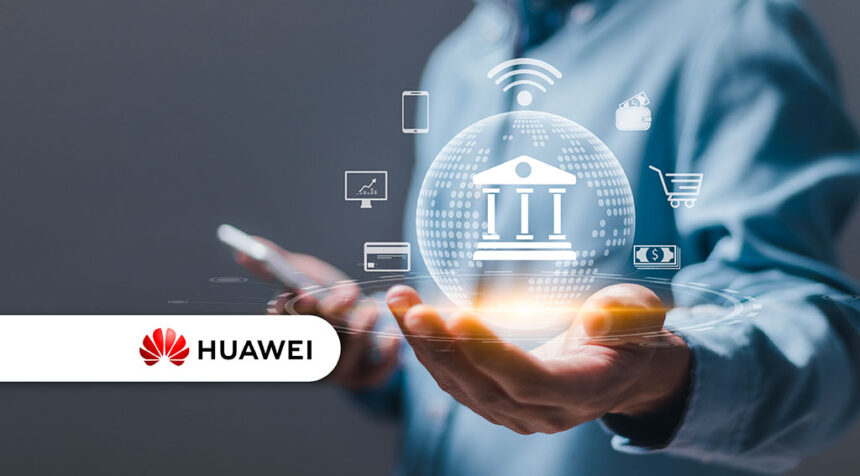Over the past two years, some large banks have suffered very public and lengthy disruptions (10 hours or more) of their digital banking services.
And that’s the only incident we know about. Cases like this highlight concerns about bankers moving away from legacy systems in the name of innovation.
Such unreliability erodes customer confidence, impacts revenue, and, perhaps most importantly, incurs the ire of regulators.
This fear factor makes it difficult for traditional banks to embrace digitalization to compete with neobanks and other digital-first financial institutions.
Therefore, many bankers and executives are choosing a conciliatory path to keep their boards, customers, and regulators happy. So it’s a small innovation here, a product-only digital transformation over there.
Legacy systems are rarely, if ever, changed. Unfortunately, half-measures will not last long in the highly competitive BFSI space, especially with the increasing deployment of digital banking licenses in various markets in Southeast Asia.
Huawei’s four zeros for resilience
At the recently held Singapore FinTech Festival 2024 (SFF), Huawei asserted that redefining financial resilience in the AI era should be guided by Huawei’s strategy. four zeros goal.
| Huawei redefines financial system resilience with four zeros | |||
|---|---|---|---|
| zero trust | Zero waiting time | Zero downtime | zero touch |
| Ensure end-to-end (E2E) security. | It refers to business agility and ultra-low transaction latency. | means always-on service. | Intelligent operation and maintenance (O&M) similar to autonomous driving |
| 1. Zero data breaches. 2. Virus blocking reduced from seconds to milliseconds. | 1. Service deployment has been reduced from months to days. 2. Transaction latency reduced from 200ms to 50ms. | 1. Recovery point objective (RPO) reduced from 15 minutes to 0 minutes. 2. Recovery time objective (RTO) reduced from 2 hours to 2 minutes. | 1. Zero human error. 2. Provides 1-3-5 troubleshooting to proactively identify service exceptions and automatically identify root cause within 3 minutes. |
Jason Cao, CEO of Huawei’s digital finance business unit, said that China’s legacy banks have already expanded into the deep end, choosing a visionary path and building on the foundation from a business perspective at scale. He said he was making some changes.
“The visionaries think I have to do it, because if I don’t do it, my entire bank loses its ability to innovate.
This requires not only a specific focus on technology, but also a comprehensive focus on legacy systems, including hardware, software, and even engineering middleware and databases.
“So we take a holistic look at banks that are trying to make this change and learn about their overall architecture, their business, and their business goals.”
He spoke to Fintech News Singapore on the sidelines of SFF.

From legacy banking to software-defined banking
In China, more than 80% of China’s top financial institutions have migrated critical applications and core banking from legacy infrastructure to cloud infrastructure.
There is China Postal Savings Bank (PSBC), which boasts 650 million customers. With Huawei’s architecture, PSBC migrates legacy applications from monolithic structures to cloud-native applications on a private cloud, provides over 5,000 microservices, and reduces composable product rollout time from 2 weeks to T+1 and achieved transaction volume. 67,000 transactions per second (TPS).
Cao Cao said,
Cao Cao said,
“We have also been successful in supporting both traditional banks and neobanks. Build resiliency without legacy architectureInstead, it’s based on the user journey.
Shenzhen-based China Merchants Bank has completely removed its legacy systems and is now a software-defined bank with more than 137 million credit card users and 188 million mobile banking customers. I am. By 2022, it had deployed over 50,000 products and 5 million feature points, essentially transforming it from a traditional bank to a giant internet company.
“On the neobank side, Huawei’s solutions have helped WeBank ensure reliability. System availability in 2023 is 99.999%, daily transactions reached more than 1.1 billion at its peak, and IT O&M cost was 30 USD.
Our clients enjoy SLA guarantees with omnichannel secure service access, real-time interactions for a better experience, core transaction and risk management, and rapid fault isolation. ”
he added.
Huawei specializes in transaction databases, financial-grade platforms (PaaS), R&D tool chains, cell-based architecture, software and hardware collaboration acceleration, chaos engineering, data security, lossless upgrade projects, and cloud native Deterministic O&M.
As traditional banks in Southeast Asia compete for a piece of the digital banking pie with non-BFSI competitors and flexible neobanks and digital wallets, the deliverables of Huawei’s 4 Zero Resilience solution will help companies like the Philippines It also attracts customers. union bankhas over 15 million customers.
In a staggering 35 days, Huawei and its partners launched a cloud-based core banking system for Union Digital Bank, enabling millions of unbanked Filipinos to access financial services. I made it. Such projects typically take three to six months to complete.
Global ecosystem partner
In the world of pay later, Huawei has upgraded its financial industry strategy, Cao said.
“We offer a comprehensive solution that combines hardware and software, creating an ecosystem that helps our customers.But today, our customers are looking beyond just replacing legacy systems to solving more complex problems. They are asking us to solve it.
“Huawei is therefore growing its ecosystem by collaborating with global partners, for example Temenos, a top player in core banking. Meanwhile, we We also cooperate with companies.
Together with top Chinese partners, we launched the Huawei Financial Partner Go Global Program (FPGGP) in 2021.
Currently, FPGGP has over 30 partners and we would like to introduce all these high-performing partners to the global market.
“We have access to customers all over the world, but we don’t develop applications. Our partners work on applications and we work on platforms.
Bringing Chinese partners to the global market is only the first step. Next, we want to bring partners from all regions to our global platform and provide them with worldwide access. ”
Cao Cao said.
To date, Huawei has served more than 3,700 financial customers in more than 80 countries and regions, including 53 of the world’s top 100 banks. Huawei has also established strategic partnerships with more than 80 major banks, insurance companies, and securities companies around the world, making them a reliable partner in digital transformation.
Featured image credit: Edited from freepic








